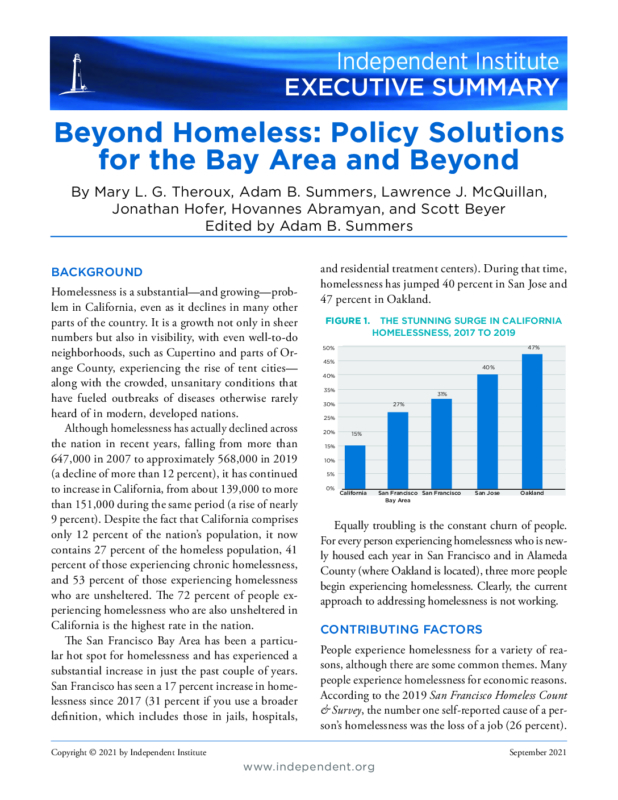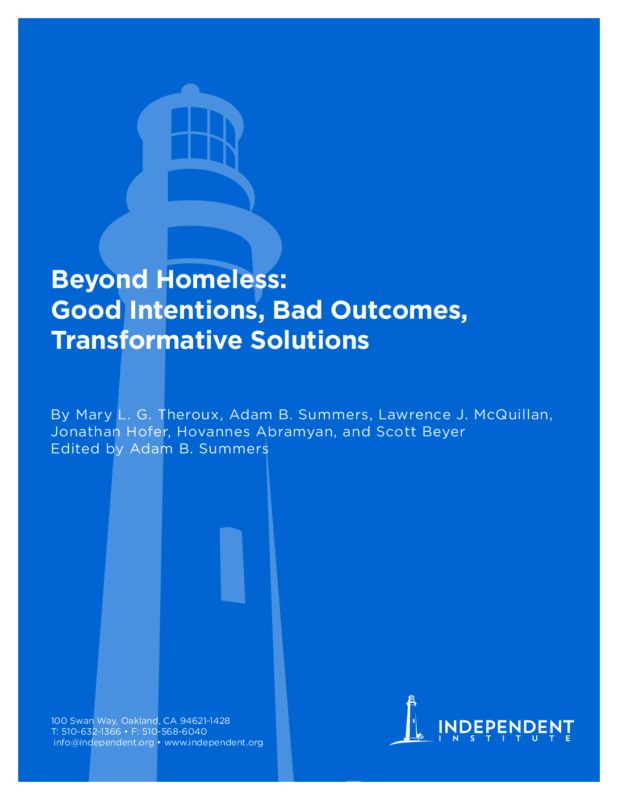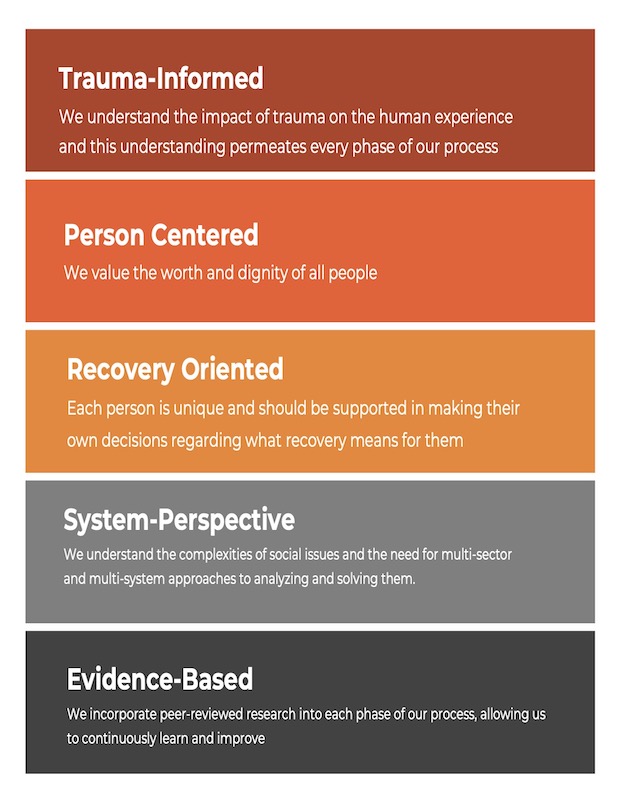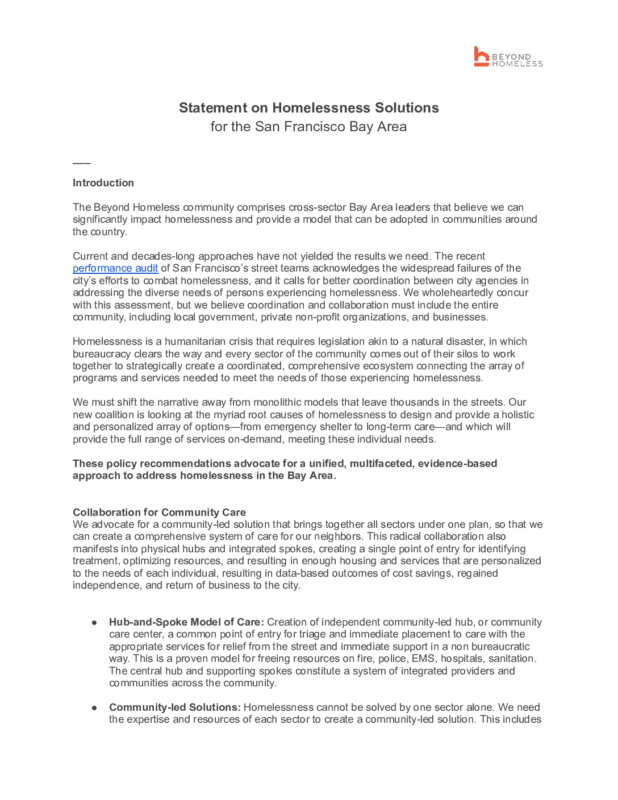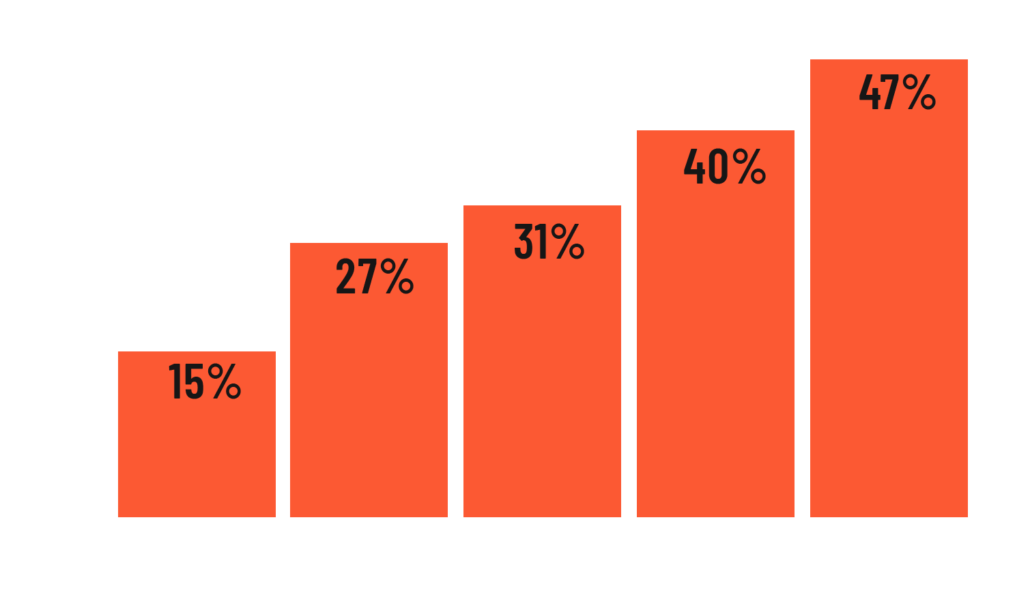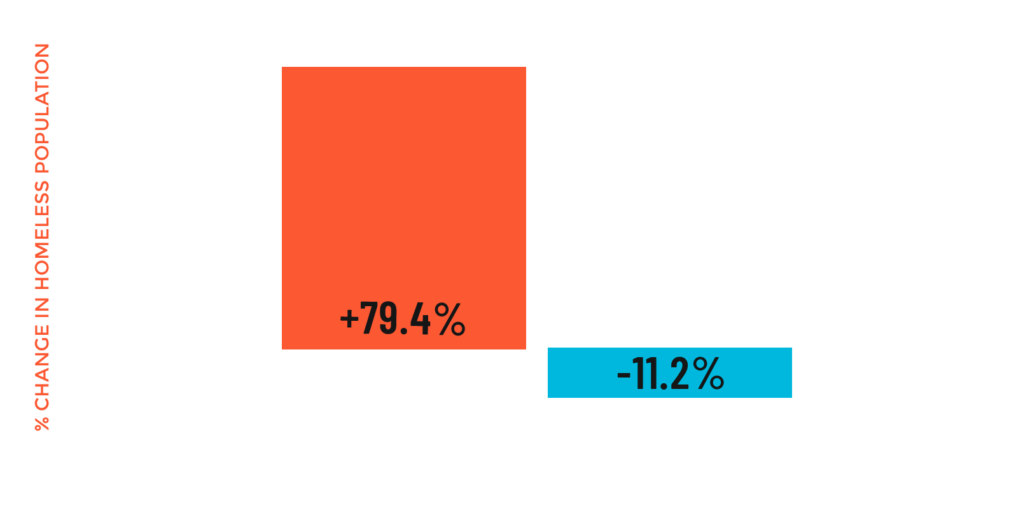OUR WORK
SOLUTIONS FOR THE BAY AREA AND BEYOND
Our work addresses the causes driving the housing and homelessness crises and offers humane and enterprising solutions. Our communities should be places of opportunity for all of their inhabitants: welcoming surroundings in which to come together to live, work, play, and create. The unchecked scourge of homelessness saps life and dignity from both those living in the streets and those prevented from the free and full use of our shared spaces.
